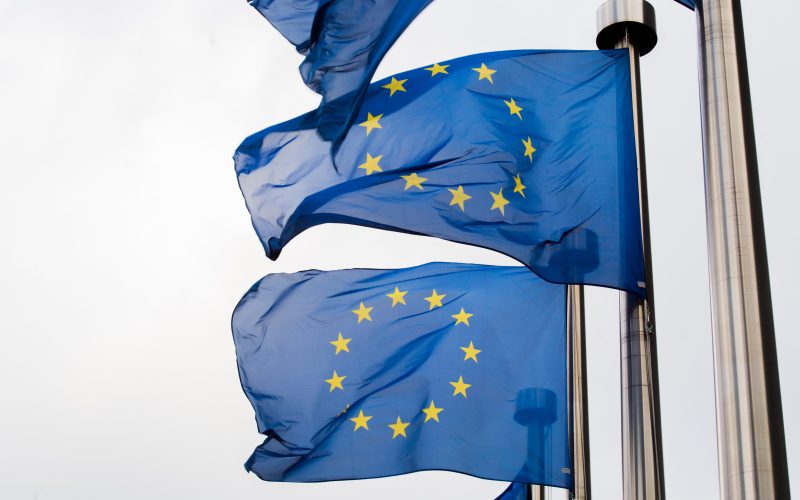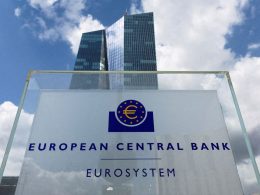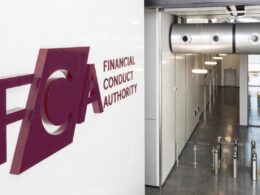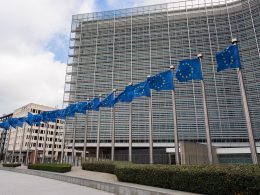The European Union’s much-anticipated Green Bond Standard (EUGBS) officially took effect over the weekend, introducing rigorous rules aimed at curbing greenwashing in the growing market for bonds funding climate-friendly initiatives. While the new framework sets a high benchmark for sustainability-linked debt, its adoption is expected to be limited initially due to stringent criteria.
The EUGBS, a voluntary standard, requires issuers to align at least 85% of bond proceeds with the EU’s green taxonomy—a comprehensive rulebook for sustainability. Projects must meet a “do no significant harm” clause and obtain certification from EU-approved green bond reviewers under the European Securities and Markets Authority. Issuers marketing their debt as a “European green bond” must now adhere to these guidelines.
This initiative is the EU’s attempt to establish a gold standard in a market currently guided by diverse industry standards, such as the International Capital Market Association’s Green Bond Principles. However, industry experts believe most debt issuers will continue to favour existing frameworks due to the EUGBS’s more demanding conditions.
“The larger part of the market will keep using the ICMA green bond standard,” said Hans Biemans, head of sustainable markets at ING Groep NV. He noted that renewable energy utilities and other issuers with large, straightforward green assets are the most likely to adopt the EUGBS.
The rules became available on December 21 after protracted negotiations concluded in early 2023. Despite the stricter criteria, the global green bond market continues to expand, with approximately $560 billion issued this year, even amid resistance to ESG investing in some regions, including the United States.
Adoption of the EUGBS may be slow initially, as issuers weigh the additional compliance burden against potential benefits like reduced borrowing costs. Investors with sustainable mandates may also favour bonds adhering to the standard, given their taxonomy alignment, which could attract higher inflows.
A&O Shearman, a law firm, predicts early adopters will include EU sovereigns, supranational bodies, and pure-play green companies. Over time, the standard could gain broader acceptance as sustainability reporting becomes more entrenched.
However, some key players remain hesitant. Germany’s Finance Agency and Austria’s Treasury have both expressed reservations about adopting the EUGBS next year, citing compatibility concerns with their national frameworks.
“The label will become a prominent subset of the green bond market,” said Kevin Leung, sustainable finance analyst at the Institute for Energy Economics and Financial Analysis. “Large-scale corporates and financial institutions with eligible projects and assets in place could easily become the frontrunners of the EUGB label.”
Market participants will closely watch how issuers respond to the new standard and how it influences pricing dynamics in the green bond sector.





















